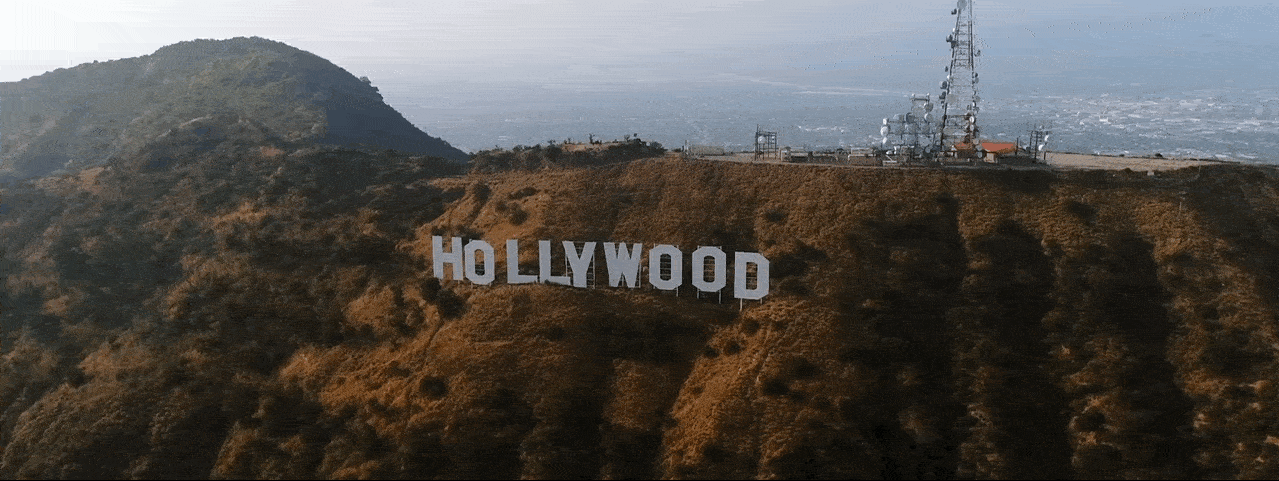Is Hollywood dead or is it moving?. The short answer is no. But the Hollywood of yesterday—a centralized, Tinseltown-based monolith that dictated global culture—is undoubtedly a relic. Hollywood isn’t dead; it’s undergoing a seismic, and at times painful, metamorphosis. It’s moving—not just geographically, but also technologically, economically, and ideologically. This article will explore the forces behind this transformation, examining the symptoms of decay and the signs of a dynamic, albeit chaotic, evolution.
For decades, the word “Hollywood” has been synonymous with the magic of cinema. It’s a geographical location, an industry, and an idea all rolled into one shimmering, larger-than-life package. But recently, the shimmer has seemed to fade. Headlines lament a “broken” industry, audiences decry a lack of originality, and the very ground beneath the iconic Hollywood sign appears to be shifting. This has led to the pervasive, dramatic question: Is Hollywood dead?
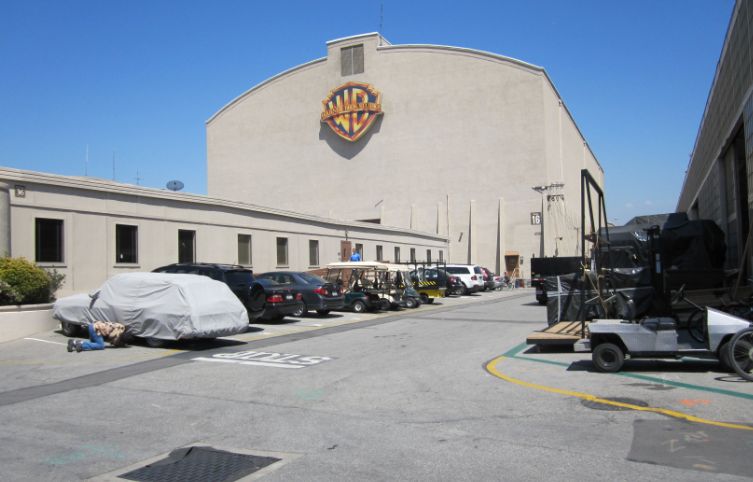
Part 1 | The “Hollywood is Dead” Argument: Cracks in the Foundation
The belief that Hollywood is on its last legs isn’t born from pure cynicism. There is compelling evidence that the old model is failing.
The Ghost at the Box Office
The most visible sign of trouble is the post-pandemic box office. While theaters have reopened, audience numbers have not fully recovered to their pre-2019 highs. According to data from Box Office Mojo, the global box office in 2019 topped $42 billion. In 2023, a year hailed as a “recovery,” it reached approximately $33.9 billion.
More telling than the raw numbers is what is failing. Once-guaranteed blockbuster franchises have stumbled. Films like The Flash, Indiana Jones and the Dial of Destiny, and The Marvels dramatically underperformed, signalling a potent case of “franchise fatigue” among viewers. The over-reliance on existing Intellectual Property (IP) has, for many, made trips to the cinema feel repetitive and uninspired.
As esteemed director Martin Scorsese noted in a GQ interview, the industry has shifted its focus. He remarked on the need to “fight back stronger” against what he describes as the dominance of comic book culture, stating, “It’s a danger to our culture. There are going to be generations now that think that’s what movies are.”
The 2023 Strikes: An Industry at War With Itself
The dual strikes of the Writers Guild of America (WGA) and the Screen Actors Guild (SAG-AFTRA) in 2023 brought the industry to a grinding halt for nearly six months. These weren’t just disputes over wages; they were existential battles over the future of creative work in the digital age.
The key issues included:
-
Streaming Residuals: Creatives argued that the payment models for streaming services were opaque and failed to provide the long-term income that TV syndication once did.
-
Artificial Intelligence: Both unions fought for, and won, crucial protections against the use of AI to write scripts or to create digital replicas of actors without consent and compensation.
The strikes exposed a deep chasm between the creators and the studios (represented by the AMPTP). As the WGA stated during the conflict, “The companies’ behavior has created a gig economy inside a union workforce.” The shutdown cost the California economy an estimated $6 billion and left thousands of below-the-line workers unemployed, revealing a fragile ecosystem highly dependent on continuous production.
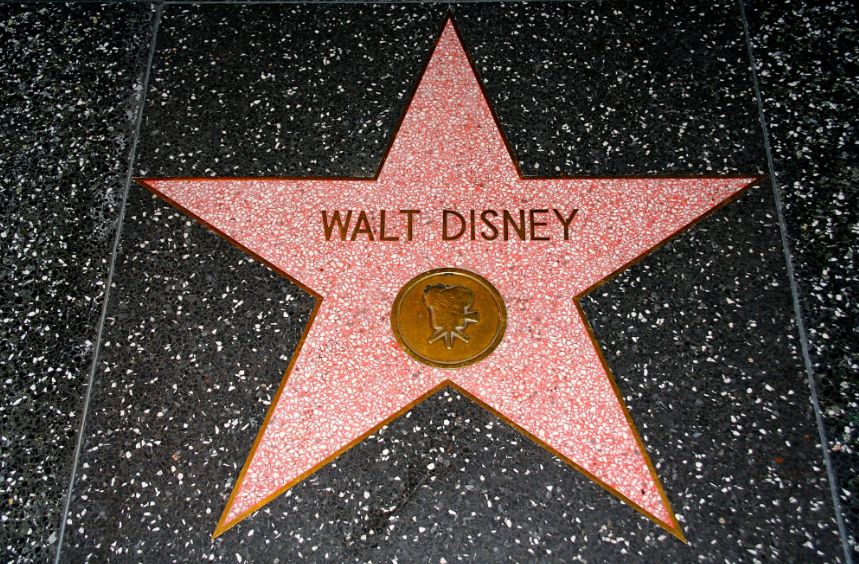
Part 2 | The Counter-Argument: Hollywood is Moving (Figuratively)
While the old structures are cracking, new ones are being built at a furious pace. Hollywood is moving away from its traditional centers of power and into new digital and global territories.
The Digital Migration: From Theatrical First to Platform Agnostic
The rise of streaming is the single most disruptive force in the last fifty years of entertainment. Services like Netflix, Disney+, and Amazon Prime Video have fundamentally altered how content is produced, distributed, and consumed. While this has hurt the traditional theatrical model, it has also created an unprecedented demand for content.
Statistics tell the story: In the first quarter of 2024, Netflix reported over 269 million paid subscribers worldwide. This massive, built-in global audience allows for different kinds of stories to be told. The success of international shows like South Korea’s Squid Game or Spain’s Money Heist would have been impossible in the old theatrical system.
This is a move from a “hit-driven” business to a “subscriber-driven” one. The goal is no longer just to get millions of people into a theater on opening weekend, but to keep millions of subscribers engaged month after month. This creates space for mid-budget dramas, documentaries, and niche genre content that the major studios had largely abandoned.
A Global Stage: Hollywood’s New Accent
The very concept of a “Hollywood movie” is becoming borderless. International markets are no longer an afterthought; they are often the primary target. China, despite recent political tensions, remains a colossal box office market, and its audience’s tastes influence which films get greenlit.
Furthermore, Hollywood is no longer the only production powerhouse.
-
Bollywood in India produces more films annually than the U.S.
-
Nollywood in Nigeria is a multi-billion dollar industry creating content for a vast African audience.
-
The U.K. has become a premier destination for high-end TV and film production, home to massive franchises like James Bond and HBO’s House of the Dragon.
This globalization means Hollywood must compete on a world stage, but it also means it can draw from a global talent pool, leading to a richer, more diverse form of storytelling.
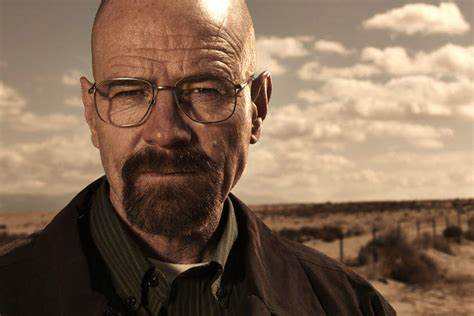
Part 3 |Hollywood is Moving (Literally): The Geographic Decentralization
The iconic image of movies being made on studio lots in Los Angeles is increasingly outdated. “Runaway production”—a term for filming outside of California—has become the industry standard, driven by one primary factor: money.
States and countries across the globe offer massive tax incentives to lure film and television productions.
-
Georgia: Known as “Y’allywood,” it offers up to a 30% transferable tax credit, turning Atlanta into a production hub for Marvel Studios and countless other projects.
-
Vancouver & Toronto: “Hollywood North” has long been a go-to for its skilled crews, diverse locations, and favorable exchange rate and tax credits.
-
New Mexico: Home to productions like Breaking Bad and Oppenheimer, it offers a refundable tax credit of up to 35%.
This geographic shift means that while the deals may still be brokered in L.A., the actual creative and technical work is happening everywhere. Hollywood has become a decentralized network of global production hubs.
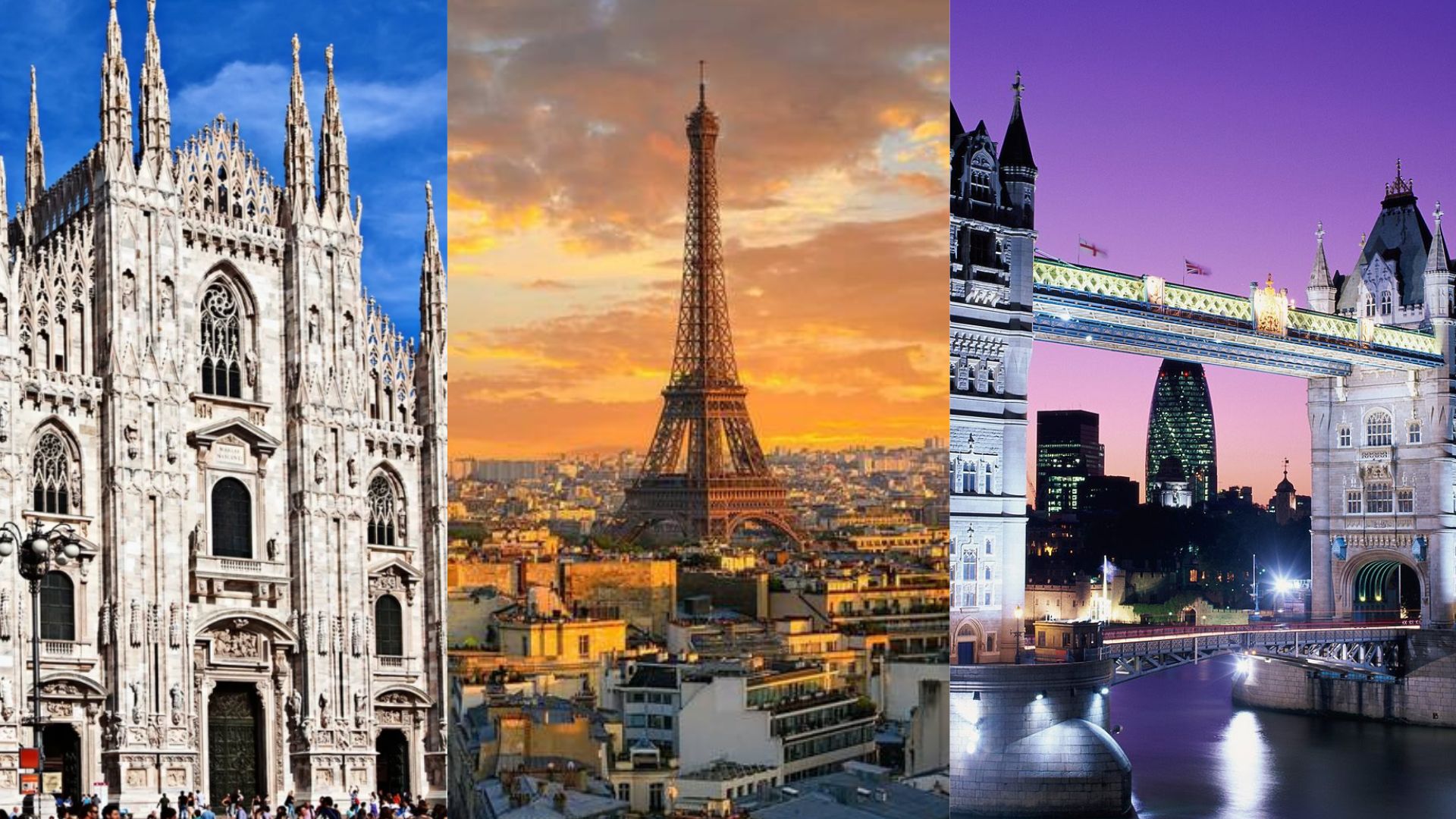
Part 4| A Unique Perspective: New Frontiers and Emerging Models
Beyond the obvious shifts, other, more subtle transformations are redefining the industry from the inside out.
Hollywood as a Service (HaaS)
Here is a novel way to view the change: Hollywood is evolving from a product manufacturer (movies) into a service provider. The “Hollywood” brand now represents a gold standard of quality, expertise, and production infrastructure that can be deployed anywhere in the world. Hollywood as a Service (HaaS) means that a streaming service like Apple TV+ can fund a project with a British director, an Australian star, film it in New Mexico with a Canadian VFX team, and still market it as a top-tier, “Hollywood-quality” production.
In this model, the physical location of Hollywood is less important than its intellectual capital—its writers, directors, cinematographers, and union-backed crews who represent the highest level of the craft. This “service” is what global entities are willing to pay a premium for, regardless of where the cameras roll.
The AI Conundrum: Threat, Tool, or Next-Gen Co-Star?
The strikes put AI center stage as a villain. However, its integration into the industry is inevitable and already underway. AI is not just a threat; it’s a revolutionary tool. It’s being used for:
-
VFX and Post-Production: Automating rotoscoping, creating digital environments, and drastically cutting post-production time and cost.
-
De-aging and Digital Actors: As seen in The Irishman or the recent revival of a young Luke Skywalker, AI can manipulate time.
-
Data Analysis: Studios use AI to analyze scripts for potential audience appeal and predict box office performance.
The future isn’t about AI replacing directors, but about directors using AI to achieve visions that were previously impossible or cost-prohibitive. The creative challenge will be to harness this technology ethically and without sacrificing human artistry.
The Verdict: Not Dead, But Radically Redefined
To claim Hollywood is dead is to misunderstand the nature of change. The monolithic, centralized, culturally dominant Hollywood of the 20th century is gone. It has been shattered by technology, decentralized by economics, and challenged by a globalized market.
What is emerging in its place is something different:
-
A Network: A global, interconnected web of talent, finance, and production facilities.
-
A Brand: A mark of quality and spectacle that is no longer tied to a single location.
-
A Multi-Platform Content Engine: An industry that produces stories for every screen, from the 80-foot IMAX to the 6-inch phone.
Hollywood isn’t dead. It has broken free of its geographical and conceptual constraints. It’s moving, adapting, and expanding. The process is turbulent and the final form is not yet clear, but one thing is certain: the show will go on, just on more stages, in more languages, and on more screens than ever before.

